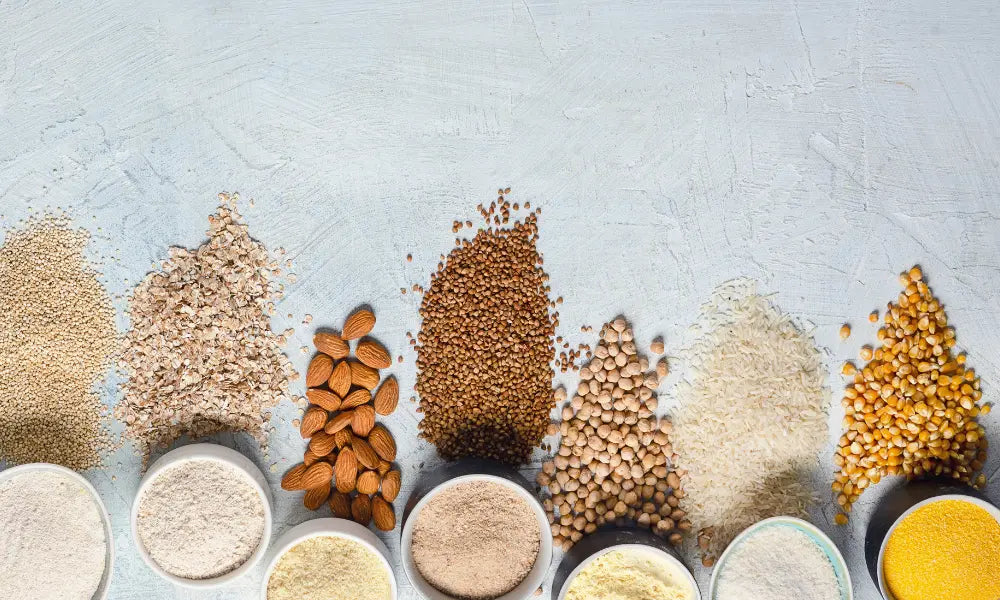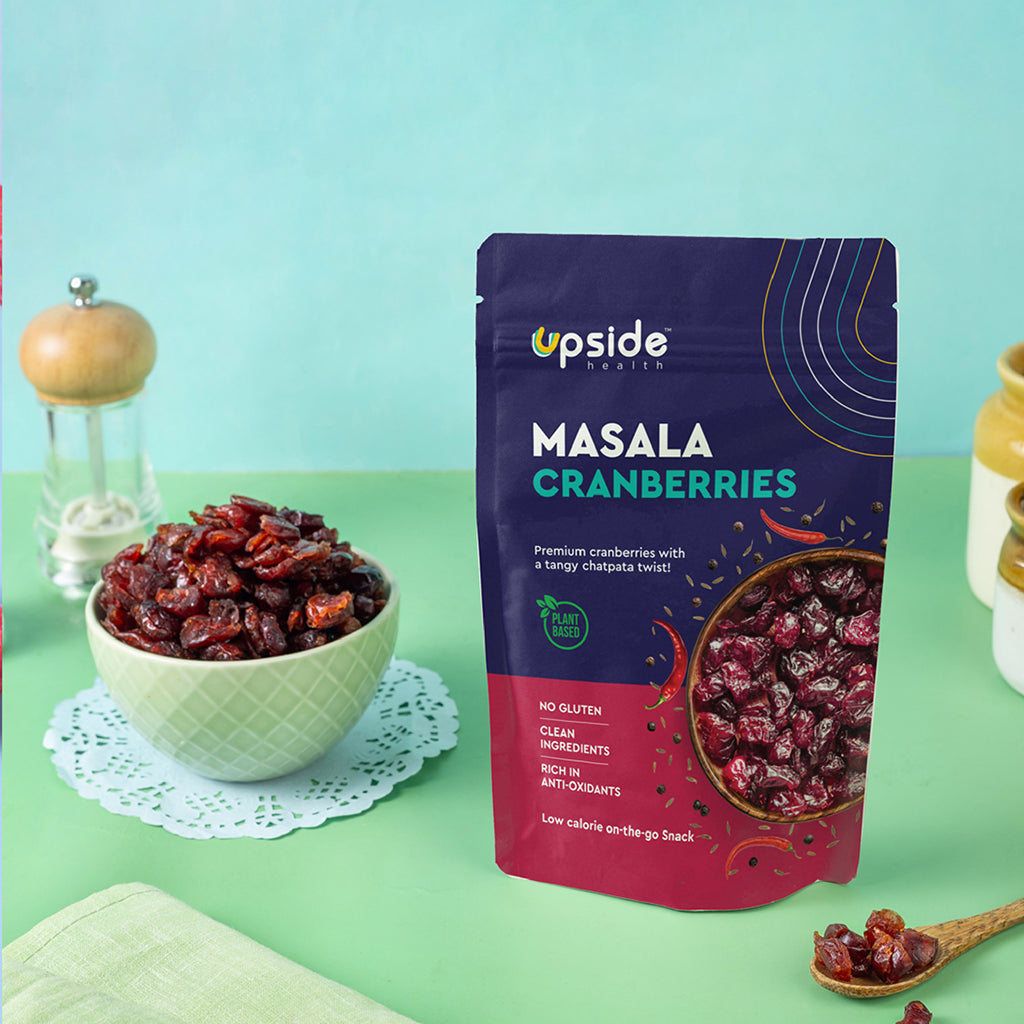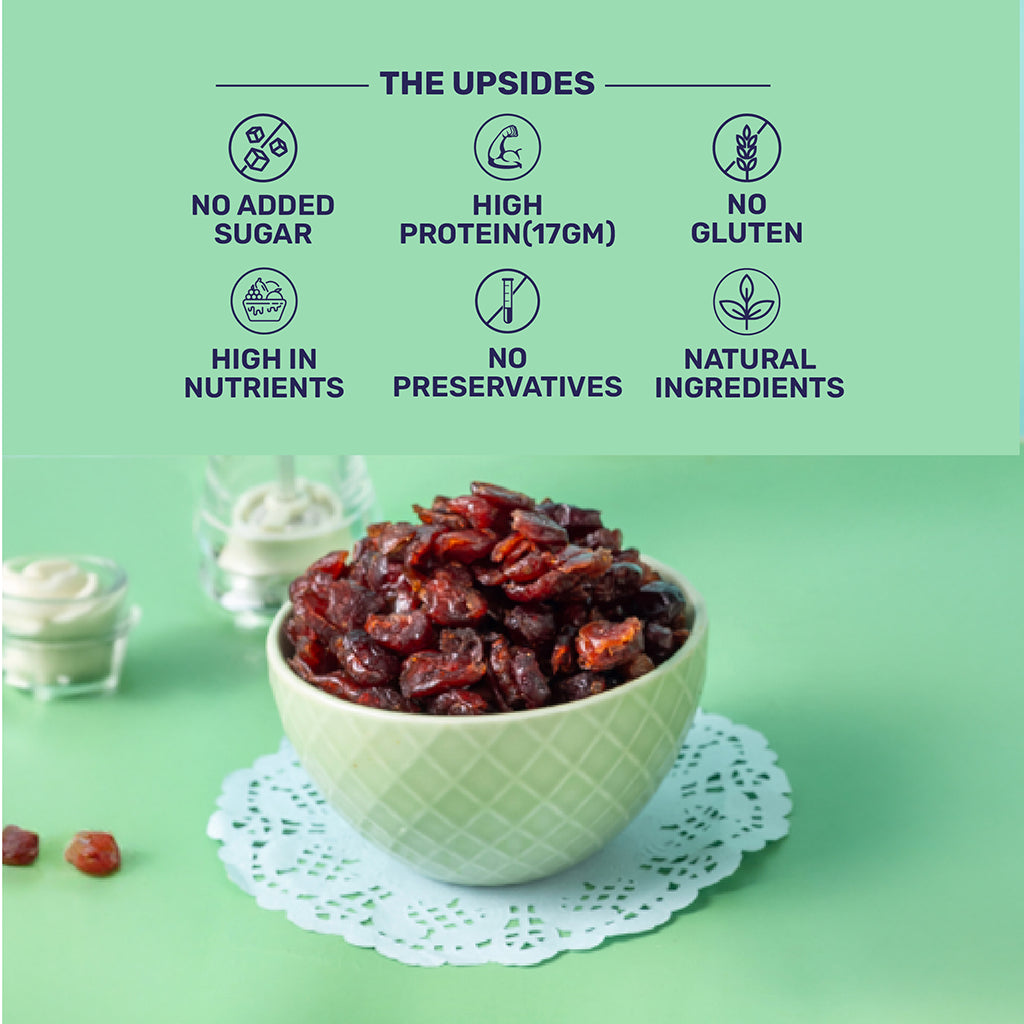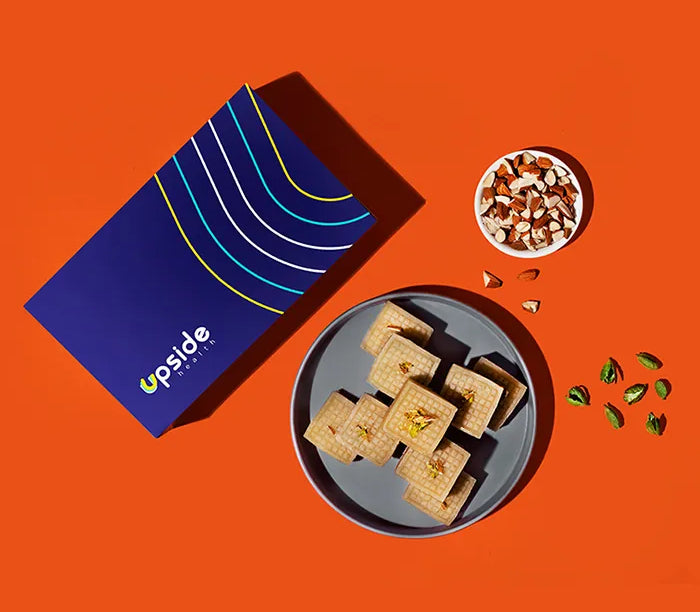
Why Gluten-free?
First things first, what exactly is gluten and what is a gluten-free diet? In essence, it's a dietary choice that involves eliminating gluten, a protein found in wheat, barley, and rye, from your meals. Although gluten is safe for most people in some quantities, those with conditions like celiac disease and other medical conditions associated with gluten consumption should avoid it to prevent adverse health effects. Removing gluten from your diet likely changes your overall intake ratios of fiber, vitamins, and other nutrients. It does improve metabolic health, increases energy, and can aid in losing hormonally gained weight. Therefore, regardless of your reasons for following a gluten-free diet, it's important to know how it can affect your overall nutritional intake.Foods to Eat That Are Gluten-Free
Now that you know why we must embrace a gluten-free diet in our lifestyles, let's explore some of the gluten-free foods that are beneficial for your health.Fruits and Vegetables
Nature offers an abundance of gluten-free goodness. There are fruits and vegetables that are naturally gluten-free. All fresh fruits and vegetables are naturally gluten-free, and it’s important to include them in our gluten-free diet. But be aware of preserved, pre chopped, frozen and canned vegetables and fruits that might contain sneaky gluten in it.Gluten Free Fruits
- Citrus fruits, including oranges and grapefruit
- Apples
- Berries
- Peaches
- Pears
Gluten Free Vegetables
- Cruciferous vegetables, including cauliflower and broccoli
- Greens, such as spinach, kale, and Swiss chard
- Bell peppers
- Mushrooms
- Onions
- Carrots
- Radishes
- Green beans
Gluten-Free Whole Grains
There's no need to give up grains entirely when it comes to gluten free diet. When buying whole grains, it's critical to read the labeling. Maximum whole grain are gluten-free by nature, only a few whole grains contain gluten, especially if they are produced in the same facility as gluten-containing goods. For example, oats are generally gluten free but they are frequently processed in the same facility as wheat, which might result in cross contamination. As a result gluten can easily be found in the Oats. So, it’s necessary to check labels whether it is gluten free or not. You can opt for gluten-free grains like rice, quinoa, and oats (certified gluten-free), brown rice, buckwheat, tapioca, millet, amaranth, teff, arrowroot and sorghumProtein
Almost all fresh, unprocessed plants and animals such as Lean meats, poultry, fish, and eggs are naturally gluten-free sources of protein. However, we must be cautious of processed meat products and gluten-containing ingredients, such as soy sauce, flour, and malt vinegar that are often used for flavorings in plant and animal protein while cooking. So, before purchasing any of these it’s better to read labels carefully to escape sneaky glutens in our daily to eat products.Gluten-free proteins
- Legumes (beans, lentils, peas, peanuts)
- Nuts and seeds
- Red meat (fresh beef, pork, lamb, bison)
- Poultry (fresh chicken, turkey)
- Seafood (fresh fish, scallops, shellfish)
- Unflavored soy foods (tofu, tempeh, edamame, etc.)
Dairy
Most dairy products are gluten-free, including milk, cheese, and yogurt. However, those that are flavored may contain additives and gluten. Sometimes, gluten-containing ingredients are added to dairy products including thickeners, malt, and modified food starch. So always double check the labels for gluten.Gluten-free dairy products
- Milk
- Butter and ghee
- Cheese
- Cream
- Cottage cheese
- Sour cream
- Yogurt
Nuts and Seeds
These make for fantastic easy to go snacks and additions to salads and dishes. Almonds, chia seeds, and flaxseeds are excellent choices, full of healthy fats and nutrients. However, while processing certain gluten are added to make it look polished and shiny also sometimes while packaging in same facilities where gluten products are packaged gluten can easily contaminate them. Again, we should double check while purchasing them. Gluten-Free Flour Alternatives If you have a medical condition relating to gluten and are tired of searching gluten-free flour alternatives but could find any. Don’t worry there are plenty of gluten-free flour alternatives available you can try gluten-free flour, millet flours, dry fruit flour, coconut flour.Spices, sauces, and condiments
Many spices, sauces, and condiments are gluten-free by nature but gluten-containing substances like wheat starch, wheat flour, and hydrolyzed wheat protein are some typical gluten-containing components that are added as emulsifiers, stabilizers, or taste enhancers but that are commonly ignored. Beware of these added gluten check labels before purchasing and also check these gluten-free spices, sauces, and condiments.Gluten Free Spices, sauces, and condiments
- Coconut aminos
- White vinegar, distilled vinegar, and apple cider vinegar
- Tamari








Comments (0)
Back to Learn